39 Foods Good for Diabetes: Beans, Veggies, Fruits, and Nuts
Healthy foods for diabetes can help you control your blood sugar and manage your carb intake. You’ve probably heard that fruits and vegetables are healthy for diabetes. But what foods should you eat exactly?
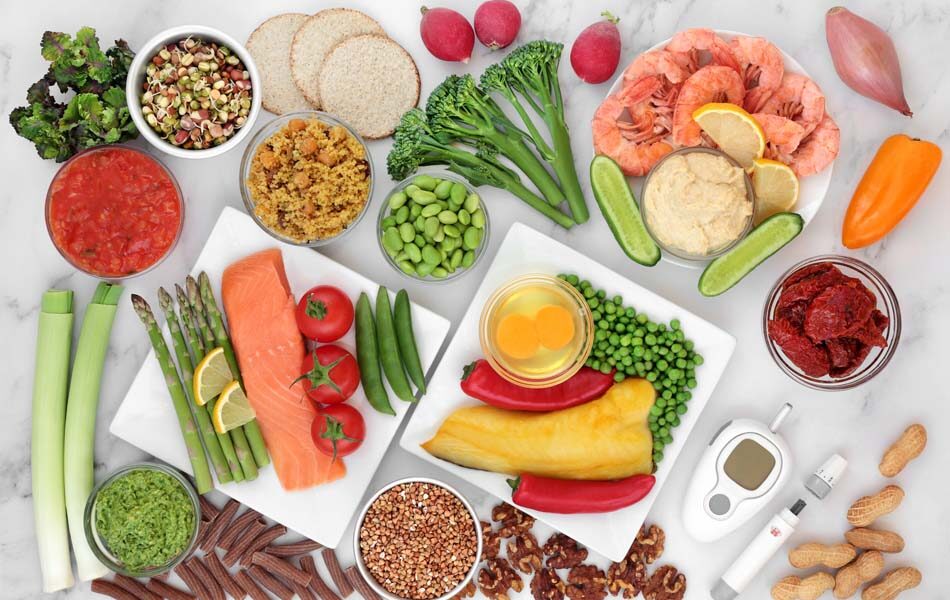
The right foods can help you control diabetes and may even help revert prediabetes.
Foods good for diabetes should have a low glycemic index and be nutritious and filling. But how can you know which ones are suitable for you?
Let’s take a closer look at the best food options ideal for those with diabetes.
Best Foods That Are Good for Diabetes You Should Try Right Now
The best foods for diabetes help you control blood sugar levels while packing protein, nutrients, and antioxidants and being low in carbs. They include beans, vegetables like carrots, zucchini, and broccoli, low-sugar fruits, and heart-healthy nuts.
Berries are superstars of the diabetes diet, providing nutrients and antioxidants without raising blood glucose levels. Raspberries, blueberries, and blackberries are all great for diabetes.
Nuts like walnuts, peanuts, cashews, and pistachios provide healthy fats. They also have plenty of protein and fiber. That makes them healthy snacks.
Beans
Beans have a low glycemic index and are rich in proteins, minerals, B vitamins, and fiber. Because beans have complex carbohydrates, the body digests them more slowly, helping to keep blood sugar levels in check.
They are also affordable compared to other protein sources. Beans are good for both type 1 and type 2 diabetes.
Cooking dry beans is healthier than using canned beans as the latter often have added salt. Salt has sodium, which can lead to high blood pressure and heart disease.
So, when buying canned beans, choose those with the lowest salt content or without salt, if possible.
Important: Beans have antinutrients, which can reduce your body’s ability to absorb minerals. Sprouting, fermenting, or simply soaking beans before eating them reduces antinutrient levels.
#1 Adzuki beans
Originating in East Asia, adzuki beans are often red but can also come in white, dark, or mottled varieties. You can enjoy them in spreads or boiled into bean bowls with other veggies.
Studies suggest that adzuki beans may lower the risk of type 2 diabetes and heart disease. They have protein that may block the action of enzymes breaking down complex carbs, which helps control blood sugar spikes.
Research also indicates that they may improve insulin sensitivity.
A 100-gram portion of adzuki beans has 128 calories, 7.5 grams of protein, 25 grams of carbs, and 7.3 grams of fiber. It also packs folate (30% of the daily recommended value), manganese (29% of the DV), phosphorus (17% of the DV), potassium (15% of the DV), and other nutrients. Adzuki beans also have up to 29 different antioxidants, being one of the foods richest in antioxidants.
#2 Black beans
Black beans help regulate blood sugar levels. They take longer to cook than other beans, but their nutritional content and health benefits make it worth it.
One cup of boiled, unsalted black beans packs 21.6 grams of protein, 15 grams of fiber, folate (64% of DV), and vitamin B1 (28% of DV), which enables the body to use carbs as energy.
Eaten regularly, black beans and other legumes can promote weight loss and lower bad cholesterol, according to studies. Plus, they pair great with rice.
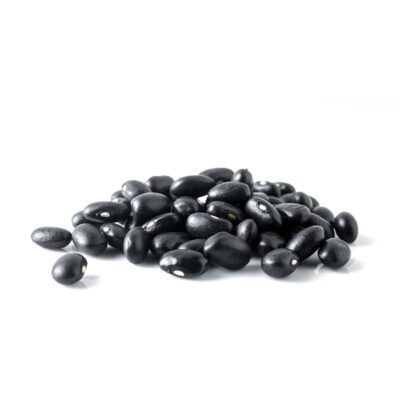
#3 Broad beans
Broad beans or fava beans are rich in the mineral manganese, which may lower blood sugar levels in people with type 2 diabetes.
One cup packs 12.9 grams of protein, 9.2 grams of fiber, folate (44% of DV), manganese (36% of DV), phosphorous (21% of DV), and many other key minerals.
In the kitchen, broad beans are versatile. Boiled, you can add them to salads, blend them into dips, or even grill them.
#4 Chickpeas (Garbanzo beans)
Did anyone say hummus? One cup of boiled chickpeas packs 14.5 grams of protein, 12.5 grams of fiber, manganese (74% of DV), vitamin B9 (71% of DV), copper (64% of DV), plus many other nutrients.
The protein and fiber mix in chickpeas is filling and may lower your caloric intake. This makes them a nutritious plant-based protein source that can help you manage your weight.
Chickpeas can also help you regulate blood sugar levels. A study found that eating a can of chickpeas a week for 12 weeks can reduce insulin levels.
The bottom line is that chickpeas are one of the best beans for diabetes. Eat them in stir-fries, soups, or blend them into hummus. You can also try chickpea pasta.
Tip: Pairing chickpeas with whole-grain bread creates a complete protein source for vegans and vegetarians.

#5 Kidney beans
Raw kidney beans need only around 25 minutes of cooking in a pressure cooker. This makes them one of the most convenient beans for people with diabetes.
More than a source of proteins and minerals, kidney beans have bioactive plant compounds. These include isoflavones and anthocyanins – powerful antioxidants.
A study of obese adults found that eating kidney beans regularly increases weight loss. And since they have a low glycemic index score, kidney beans can prevent blood sugar spikes.
Like other beans, they also pack plenty of protein. This can help with muscle recovery after physical activity.
Tip: Make sure to cook beans properly to avoid bloating and flatulence.
#6 Mung beans
Next up, a favorite in Asian stir-fries. Mung beans have the antioxidants vitexin and isovitexin, which can lower blood sugar levels. They also pack a healthy dose of protein, fiber, and nutrients.
Eating mung beans can make you feel fuller. Whether you aim to lose weight or simply maintain a healthy weight, you can safely add them to your diet.
The slightly sweet taste of mung beans makes them a great addition to salads and soups. And you can always add them to curries or stir-fries. You can even turn them into puddings.
#7 Pinto beans
With their low glycemic index and mix of protein, fiber, and nutrients, pinto beans can be a valuable addition to any diabetes diet.
They bring the same health benefits as most other beans on our list. Eat them regularly to maintain a healthy weight and manage your blood sugar levels.
You can eat pinto beans in stews, stir-fries, soups, and spreads as a healthy alternative to other starches. They’re also fairly low in carbs compared to other foods.
Vegetables
Non-starchy vegetables are one of the healthiest foods people with diabetes can eat. Veggies like carrots, broccoli, cabbage, and asparagus can help control blood sugar levels while sustaining overall health.
And since they’re low in calories, they can help you maintain a healthy weight.
Veggies pair well with whole grains as part of a healthy diabetes diet. They may help prevent heart disease compared to a diet rich in meat, dairy foods, and processed foods. They can stabilize blood sugar levels.
#8 Asparagus
Asparagus may not be the first vegetable that comes to mind, but asparagus may have anti-diabetic effects, according to science.
Compounds in asparagus shoots may inhibit carbohydrate digestion and absorption. It may also enhance insulin secretion. The result is healthier blood glucose levels.
You can steam or saute asparagus or simply shred it over salads and pasta. Get the most health benefits by eating both raw and cooked asparagus.
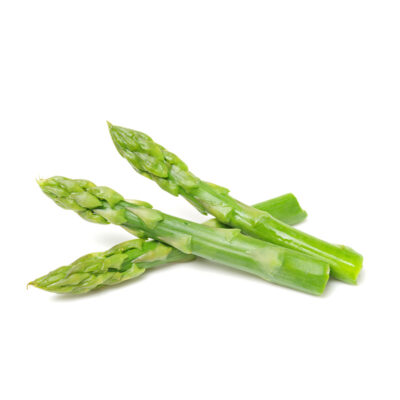
#9 Eggplant
The polyphenols in eggplant may reduce sugar absorption while boosting insulin secretion. This leads to lower blood glucose levels. Eggplant also has fiber, another reason to add it to your diabetes meal plan.
Whether you make it into a spread to eat with whole grains, bake it, or saute it, eggplant is a low-calorie food option. And since it has fiber, it also promotes weight loss.
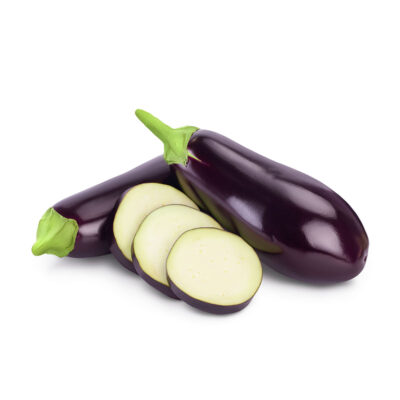
#10 Celery
Celery has antioxidants and anti-inflammatory benefits. Together with the fiber content, these can help sustain a healthy diet for people with diabetes.
A 2018 study found that older people with prediabetes who ate 250mg of celery leaf three times a day saw their blood glucose drop.
Not sure how to incorporate celery into your diet? Blend celery into smoothies, eat it raw in salads, or add it to soups and stir-fries.
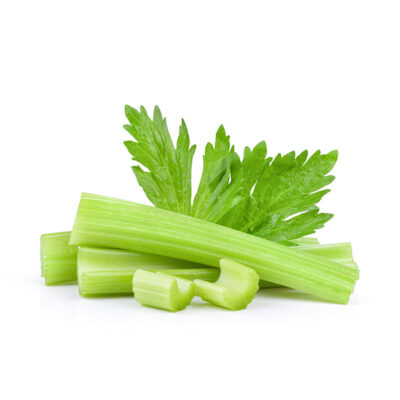
#11 Onions
Onions have vitamin C, B vitamins, potassium, and antioxidants. They also help provide blood glucose control.
And you can count on them as prebiotics that beneficial gut bacteria feed on. Eating onions and green onions regularly can give you a healthier gut.
In a study, participants who ate 100 grams of fresh onions saw a marked decrease in blood sugar levels after 4 hours. Other studies found that quercetin, a compound in onions, has an anti-diabetic effect.
The best part is that onions preserve many of their health benefits when cooked.
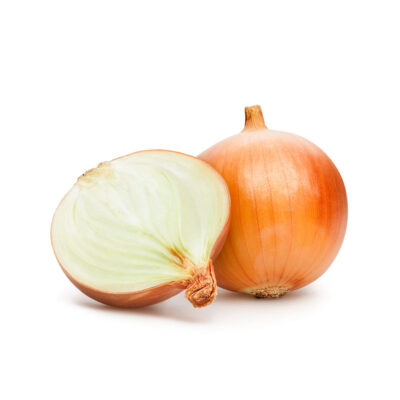
#12 Broccoli
Broccoli lowers cholesterol and is a good source of beta-carotene, lutein, and zeaxanthin, which support eye health. It has quercetin, an antioxidant that lowers blood pressure.
To enjoy the health benefits of broccoli, cook it by steaming rather than boiling it. Steamed broccoli is crisper and tastes better.
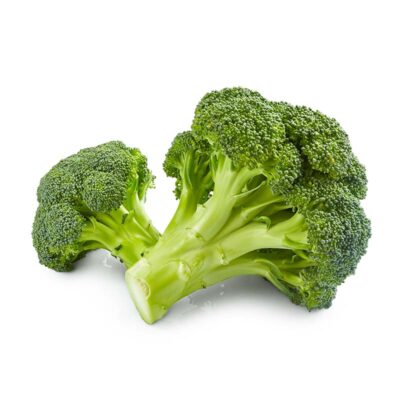
#13 Carrots
Carrots are both low-calorie and filling, which can help you take in fewer calories in meals. Eating carrots regularly may lower cholesterol levels, a common concern for people with diabetes.
Carrots have a very low glycemic load. One cup of chopped carrots has 2.8 grams of dietary fiber, 0.93 grams of protein, vitamin K (21% of DV), and potassium (12% of DV).
Carrots also have vitamin A, which supports eye health, a possible concern for people with type 2 diabetes. Around 30 grams of carrots pack all the recommended daily vitamin A dose.
When buying carrots, choose organic, as conventionally grown carrots often hold pesticide residues. Other root vegetables, such as rutabagas, are also great for those with diabetes.
Good to know: Boiling carrots can actually increase their nutritional content by breaking their cell walls.
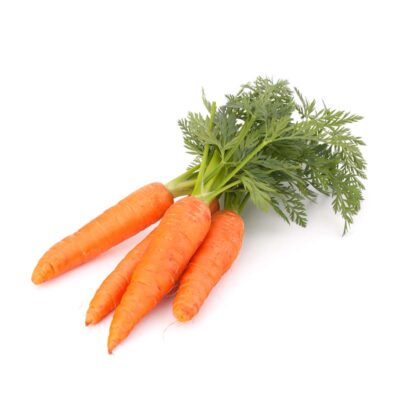
#14 Zucchini
Zucchini is very low in calories and carbs while rich in vitamin A, with one cup providing 40% of the DV. This, together with its fiber content, can lower blood sugar and insulin levels.
Even zucchini peel has been shown to reduce blood sugar levels in animal studies. You can use zucchini as a replacement for pasta in low-carb diets for diabetes.
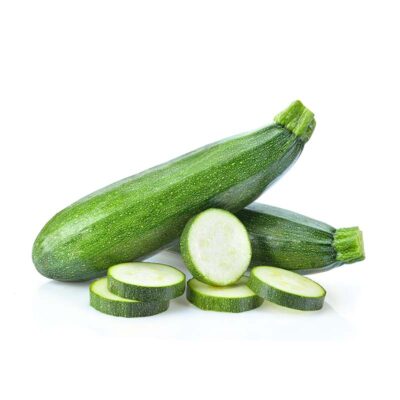
#15 Cabbage
A rich source of vitamin C, cabbage also has insoluble fiber that helps increase beneficial bacteria in the gut. Animal foods don’t contain fiber, which is why it’s important to eat your fill of vegetables like cabbage.
New research has found associations between gut microbiota, obesity, and type 2 diabetes. A healthy gut may make it easier to control diabetes. It may even help prevent prediabetes, though more research is needed to prove this.
In addition to improving digestion, cabbage can help lower cholesterol and may lower blood pressure and promote heart health. It’s a great food for people with diabetes.
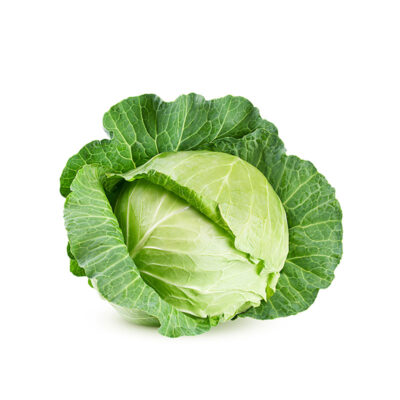
#16 Spinach
Spinach is low in starch and has fiber and protein. You can eat plenty of it without worrying about its impact on blood sugar levels. With spinach in your diet, you can manage blood sugar more easily.
Spinach also has lutein and zeaxanthin, carotenoids that occur in the eye. Findings from a 2011 study suggest that these antioxidants may help treat nonproliferative diabetic retinopathy. The condition results from an excess of blood vessels in the eye.

#17 Green beans (Snap beans)
Green beans are another healthy diabetes food. High in fiber and low in carbs, they won’t elevate your blood glucose.
Plus, one cup of green beans has around 25% of the daily recommended value of vitamin D as well as some vitamin A, K, manganese, and other minerals.
To preserve the nutrients in green beans, steam them instead of boiling them.
Tip: Green beans pair well with fatty fish, another excellent food for people with diabetes.

#18 Tomatoes
Another non-starchy vegetable that doesn’t raise blood sugar much, the tomato is a safe addition to any diabetes menu.
What’s more, a study found that after 8 weeks, people with diabetes who ate 200 grams of fresh tomatoes daily had lower blood pressure. High blood pressure is one of the most worrying heart disease risk factors.
Type 2 diabetes brings with it a high cardiovascular risk, so keeping your blood pressure in check is important.
When buying canned tomatoes, avoid those with added sugar. Added sugars negatively contribute to many health conditions, from diabetes to tooth decay.
Did you know? Cooking tomatoes destroys their vitamin C content, but it boosts phytochemical levels, making them heart-healthier.

#19 Lettuce
Low in carbs and rich in fiber, lettuce can easily make up one of the 3–5 servings of non-starchy veggies most diabetes diets recommend.
Whether you prefer Iceberg or Romaine lettuce, you don’t have to worry about lettuce’s impact on blood glucose.
In addition to salads, you can use lettuce as hummus wraps, layer it into spring rolls, or add it to soup.
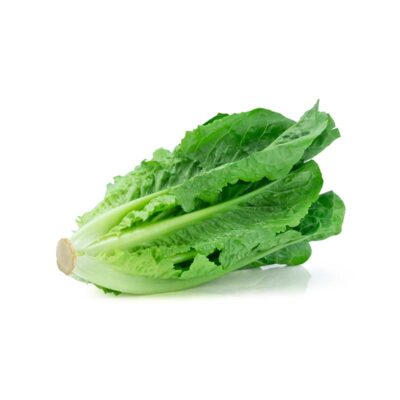
#20 Cucumber
Cucumbers may not have that many vitamins apart from some vitamin K. But they have antioxidants and are low in calories. In animal studies, cucumbers have been shown to reduce and control blood sugar levels.
Cucumbers also have a high water content, making them very hydrating. So, next time you make a salad, don’t forget to throw in some slices. Tip: When you eat cucumbers, make sure to leave the peel on to enjoy their full nutritional benefits.

#21 Mushrooms
Mushrooms may provide improved blood sugar control thanks to their polysaccharides. They have few calories and carbs while being a source of vitamins B2 and B3.
Animal research found that polysaccharides may improve insulin resistance and pancreatic tissue damage. They may also lower blood cholesterol levels, helping manage the risk of heart disease and stroke.
Tip: Choose mushrooms grown in UV light whenever possible, as they pack more vitamin D.
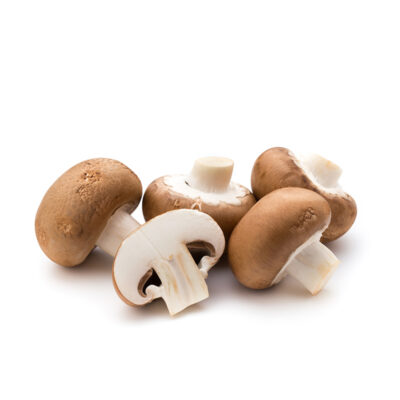
Fruits
Fruits have antioxidants, vitamins, and fiber, but not all fruits are good for diabetes, as some pack more sugars and carbs than others.
Tip: Soak dry fruits in water for at least half an hour to reduce sugar content.
#22 Blackberries
Blackberries are a strong contender for the title of the best fruit for type 2 diabetes. One cup of raw blackberries has just 13.8 grams of carbs and 7.63 grams of fiber.
The fiber content in blackberries can boost insulin sensitivity and help your body absorb glucose at a healthy rate. Blackberries have a very low glycemic index rating and pack plenty of antioxidants.
Add blackberries to oatmeal, yogurt, or smoothies. Or simply eat them as a snack or standalone dessert.
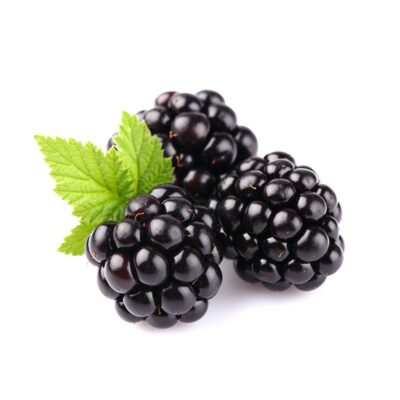
#23 Blueberries
Low in calories, high in nutrients, and packed with fiber and anthocyanins – that’s blueberries in a nutshell, and they’re one of the best foods for diabetes.
Blueberries are on the diabetes superfood list of the American Diabetes Association. They have a low glycemic index of just 53.
What’s more, they may improve glucose processing, insulin sensitivity, and fasting blood sugar levels, according to science. They may also promote weight loss, one of the key tactics to prevent diabetes complications.
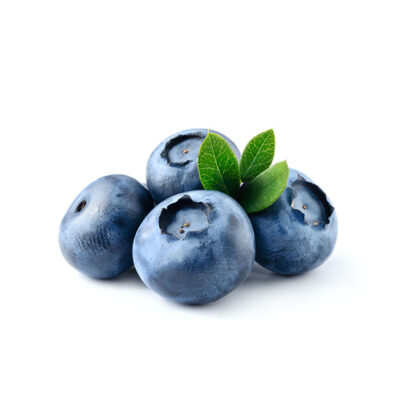
#24 Raspberries
Raspberries, like most other berries, have anthocyanins, compounds associated with lower glucose levels and greater insulin sensitivity. They also pack plenty of dietary fiber, making them a smart food for all types of diabetes.
Living with diabetes often means counting carbohydrates. Raspberries have only around 5.4g of net carbs per cup and an impressive 6.5 grams of fiber, plus 53% of the daily recommended vitamin C.
Raspberries may not always be in season, but grab them each time you find them. With them in your diet, you can manage diabetes much more easily.
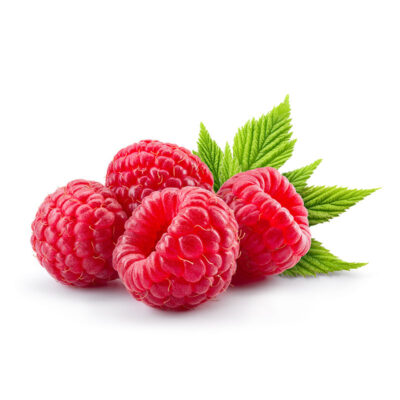
#25 Grapes
Grapes may not have as much fiber as other fruits. But they have copper (21% of DV), vitamin K (18% of DV), and lots of antioxidants.
These include quercetin and resveratrol, which may protect against high blood sugar and heart disease. What’s more, resveratrol can improve your body’s ability to use insulin. Eating grapes can even reduce the risk of developing type 2 diabetes. Raisins are good for diabetes too.
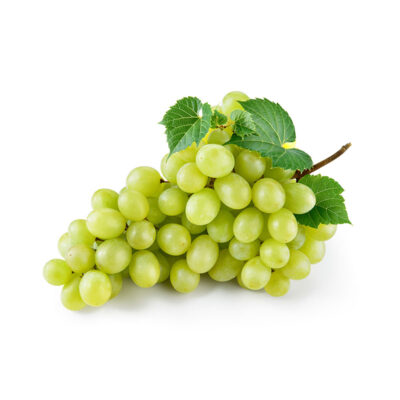
#26 Avocado
Avocado has monounsaturated and polyunsaturated fats, which are perfect for people with type 2 diabetes. Plus, they’re low in carbs.
When added to a weight loss diet high in monounsaturated fats, avocados can boost insulin sensitivity.

#27 Cantaloupe (Muskmelon)
It may not be the first fruit that comes to mind, but it sure is good for diabetes. Cantaloupe or muskmelon has a low glycemic load.
And since your body will digest it slowly, you won’t have to worry about a blood glucose spike.
Other health benefits include plenty of vitamins A and C. A cup of diced fruit has enough of these vitamins to make up for your daily need.
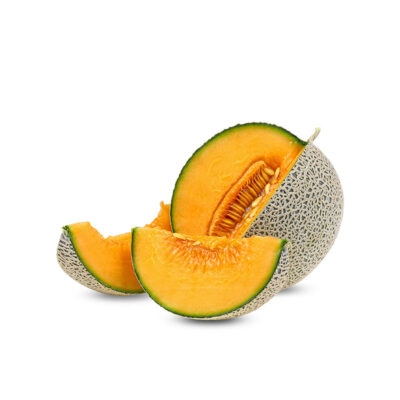
#28 Cherries
Cherries release their sugars very slowly, making them one of the safest fruits for type 2 diabetes. They also have fiber, vitamin C, potassium, polyphenols, and carotenoids.
That said, eating fruits in moderation is key to managing blood glucose. Limit cherry intake to small portions of around 14 cherries.
Choose fresh sour cherries over canned cherries in syrup. One cup of pitted fresh fruit has just 25 grams of carbs compared to 60 for canned cherries.
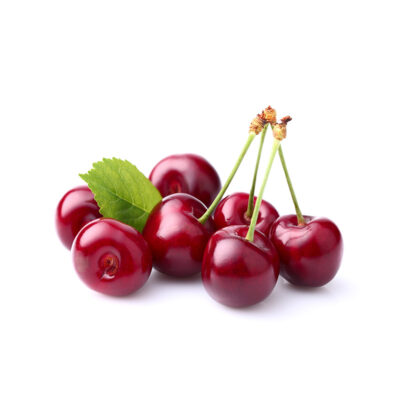
#29 Plums
Plums do taste sweet, but they have a low glycemic index. A single plum has 10% of the recommended daily value of vitamin C, an important vitamin for maintaining overall health.
Plums have anthocyanins and other polyphenols good for diabetes. They also have fiber, which can help manage high blood sugar levels by reducing the absorption rate of carbs. What’s more, plums and prunes may also lower cholesterol levels and promote heart health.
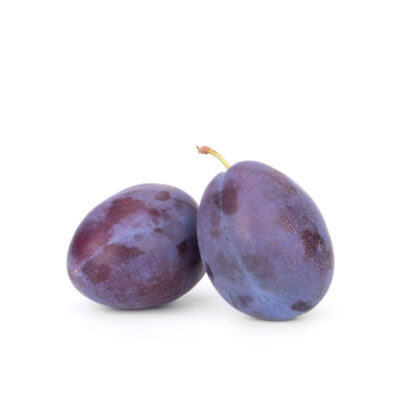
#30 Apples
The main sugar in apples is fructose, which has only a moderate effect on blood sugar levels. What’s more, the fibers in apples make the sugar enter the bloodstream slowly.
A medium-sized apple has around 15 carbs, but polyphenols in apples further slow down carbohydrate digestion. They also reduce insulin resistance in type 2 diabetes.
When you eat apples, make sure to leave the peel on, as it contains vitamins A and C and other nutrients.
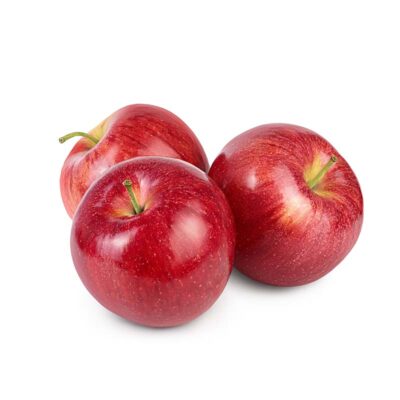
#31 Apricots
Apricots may not always be available in your supermarket. But when you can find them, you can readily add them to your diabetes diet. You can eat them raw or dried.
Relatively low in calories and carbs, they have antioxidants, vitamin A, and soluble fiber, which helps keep blood sugar and cholesterol levels in check.
Apricots also provide hydration; one cup of fresh, sliced apricots provides around 2/3 cups of water.
#32 Grapefruit
High in vitamins and low in carbs, grapefruit is one of the best citrus fruits for diabetes. One grapefruit has almost all the daily vitamin C you need, plus vitamin A, vitamin B6, potassium, and magnesium.
With that comes more than 1.6 grams of fiber, which is one of the best things you can eat when you have diabetes.
Good to know: Grapefruit has negative interactions with diabetes medication like Metformin. Make sure to check for any possible interactions with the medications you’re taking.
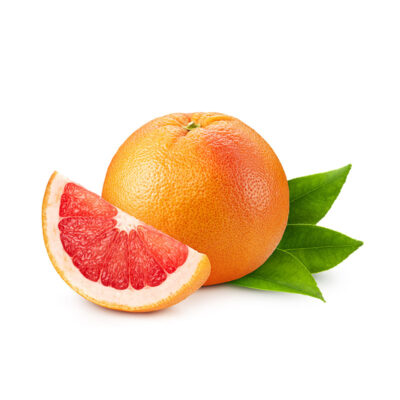
#33 Peaches
Peaches are another safe and fruity snack for people with diabetes. A medium-sized peach has only about 42 calories and 10.1 grams of carbs.
Peaches have beta-carotene, an antioxidant that supports healthy vision. Research indicates that vitamin A may help treat diabetic retinopathy, a common diabetes complication.
Important: Always choose whole peaches over peach juice. Juice has a much higher glycemic load. That’s true for just about all fruit juices.

#34 Nectarines
Nectarines are another fruit with a low glycemic index that can help you manage blood sugar. They have flavonoids, anthocyanins, and other antioxidants.
What’s more, nectarines, like other stone fruits, have active phenolic compounds. These may have anti-diabetic and anti-obesity properties.
Nectarines can aid weight loss and sustain healthy cholesterol levels without making you feel like you’re compromising on flavor. After all, they’re delicious!
Nuts
Nuts can improve cardiovascular health, pack protein and healthy fats, and make for filling and nutritious snacks. Plus, they’re low in carbs.
#35 Walnuts
While high in calories, walnuts have heart-healthy fats, protein, and fiber. They are also a source of magnesium, phosphorus, manganese, and copper.
A 2010 study indicates walnuts may prevent cardiovascular disease and heart attacks in people with type 2 diabetes.
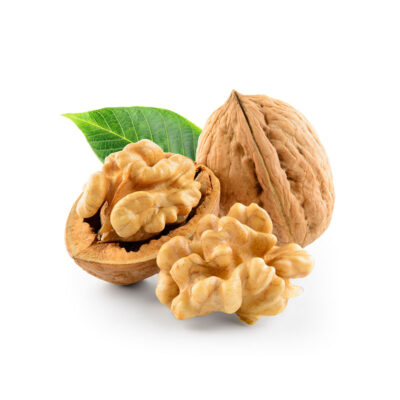
#36 Pistachios
Eating pistachios regularly may lower blood glucose and insulin levels, according to research. It may even help reverse prediabetes, a precursor state to type 2 diabetes.
Pistachios may also lower blood glucose levels after a meal. This is likely the result of ellagitannins and other phytonutrients in pistachios.
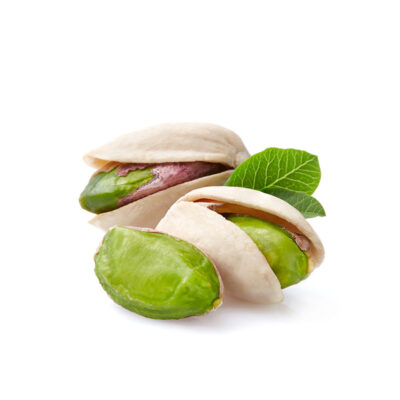
#37 Almonds
Almonds are another nut good for type 2 diabetes. A 2010 study found that participants who ate 2 ounces of almonds had lower levels of fasting glucose and insulin. In addition, almonds have heart-healthy fats, as well as vitamin A and magnesium.
However, bear in mind that almonds are rich in calories and fats. It’s easy to overeat them, so choosing almonds in single-serving packages may be better.

#38 Cashews
When researchers gave people with type 2 diabetes a cashew-enriched diet, the results were more than encouraging.
Participants had lower blood pressure, higher levels of good (HDL) cholesterol, and no noticeable increase in blood sugar levels. They didn’t put on any weight either.
Cashews are great for trail mixes, salads, or to top heart-healthy fish dishes. You can also eat them as cashew butter, an alternative to peanut butter.

#39 Peanuts
Peanuts are one of the more inexpensive and readily available nuts on this list. They are packed with protein, fiber, healthy fats, and many nutrients, including vitamin E, copper, and magnesium.
But don’t forget that peanuts, like other nuts, are very high in calories. Set aside small portions, or you may end up munching on a whole packet without realizing it.
All-natural peanut butter without added oils or sweeteners is a good alternative to raw peanuts for people with diabetes. Eaten with whole grains, it provides all the essential amino acids. But keep in mind that antioxidants in peanuts occur mostly in the skin.
So choose peanuts in the skin whenever possible. Avoid salted varieties, which may increase the risk of high blood pressure and heart disease.
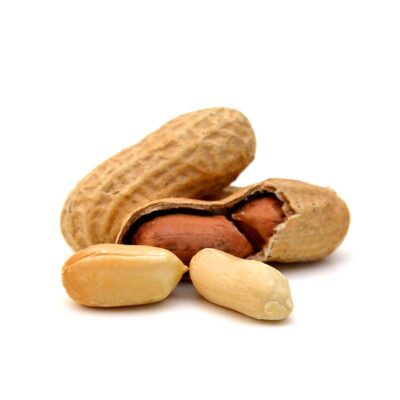
A Word From Our Nutritionist
The right foods for diabetes can help you reach and maintain a healthy blood glucose level. This way, you can prevent diabetes complications. With that in mind, the key is a balanced diet.
No single food or diet marketed in the health and wellness space is a magic bullet for managing any type of diabetes.
You can use the healthy plate method for effective blood sugar management and to keep cholesterol levels in check. Fill half your plate with non-starchy veggies. Then divide the other half equally between lean protein and starchy foods. It’s that easy.
A crucial aspect of a healthy diabetes diet is avoiding unhealthy foods. Think white bread, energy drinks, fruit juice, and processed foods with added sugar.
Choose healthy carbohydrates from veggies, fruits, nuts, or whole foods like brown rice. Focus on a high intake of dietary fiber from natural food groups. You can also add heart-healthy fish, lean protein foods, and olive oil to your diet.
Choose fresh fruit over fruit juice or dried fruit. It does have sugar, but when eaten whole, many fruits release their sugars slowly into the bloodstream.
With the right diet for diabetes, you can lose weight even as you prevent diabetes complications. But don’t forget about physical activity. Being physically active improves insulin resistance and helps you control high blood sugar levels.
Eating healthy when you have diabetes gets easier if you plan your meals. Stock on your favorite foods from this list. And don’t leave snacks to chance! Healthy shopping makes healthy eating so much easier.
Key Takeaways
- Before you head over to the supermarket, here are the things to remember.
- Beans and legumes provide healthy and affordable protein.
- Fresh fruits are rich in vitamins and antioxidants.
- Non-starchy veggies pack nutrients and carbs and are healthier for type 2 diabetes than starchy veggies.
- Nuts and nut butter provide heart-healthy fats good for diabetes.
- Planning your meals ahead makes it easier to control diabetes while eating well.
In the end, living with diabetes doesn’t have to limit your food choices. You can eat well and enjoy every meal while keeping your blood sugar levels in check. And boosting your overall health too.
Leave a comment

















































 Select your language:
Select your language: 






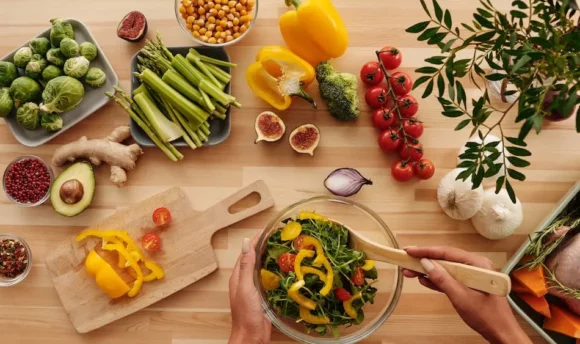


Very interesting assessment and do able plan. Looking forward to improved control over my diabetes. Thanks.